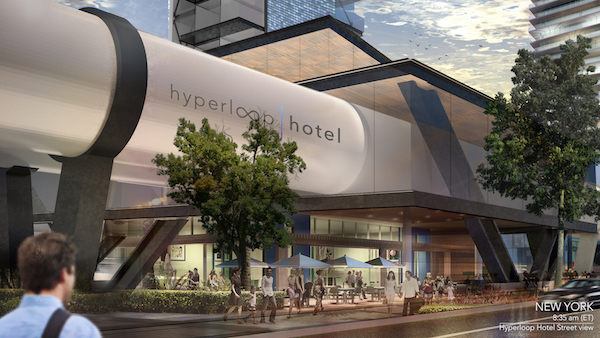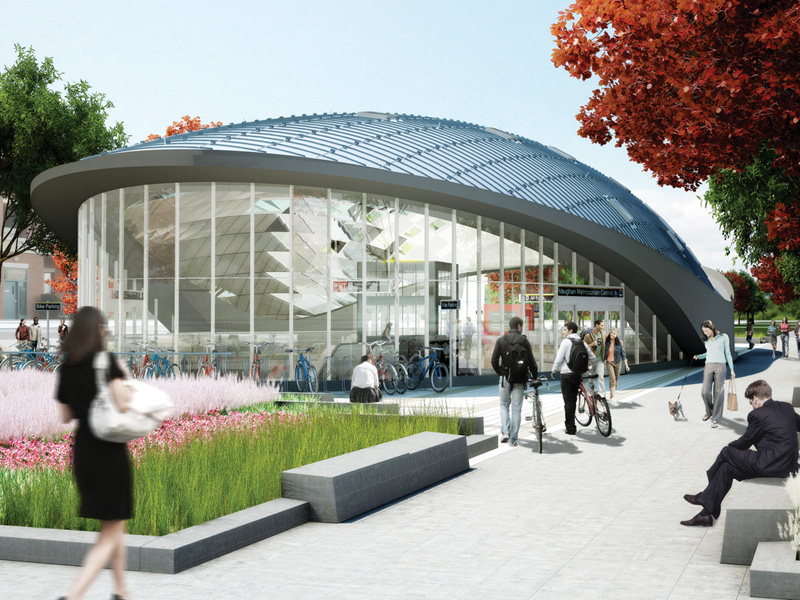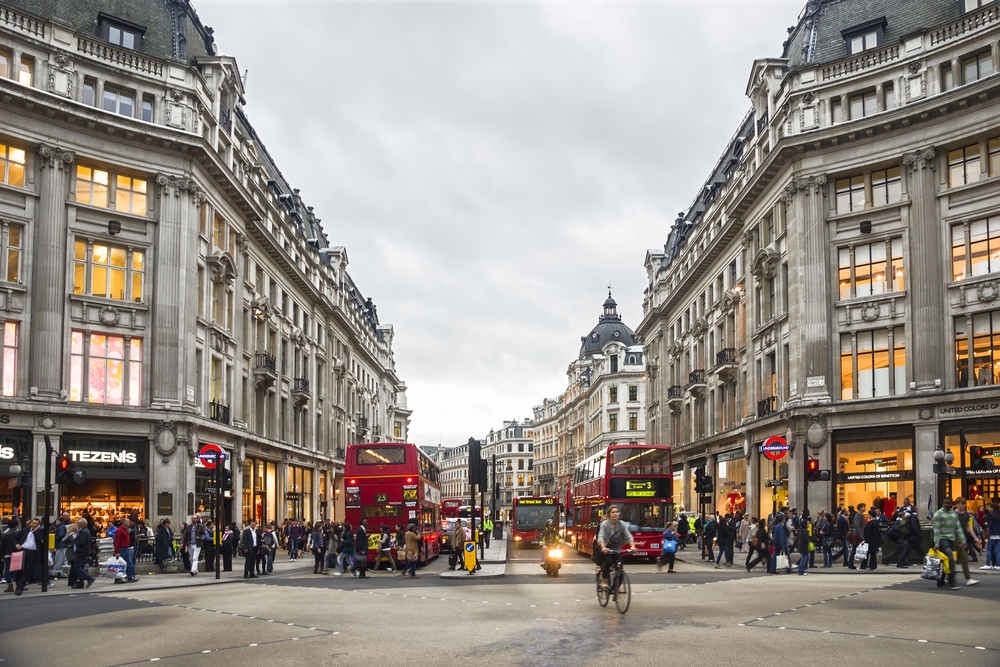Seeking New Routes
For Work Commutes
“This telework phenomenon has shown people that they don’t have to be in the office all the time,” notes Tim Lomax, research fellow at the Texas A&M Transportation Institute. That realization has prompted many people to rethink options for getting to work – or if it’s necessary at all. Is a physical presence at work […]




